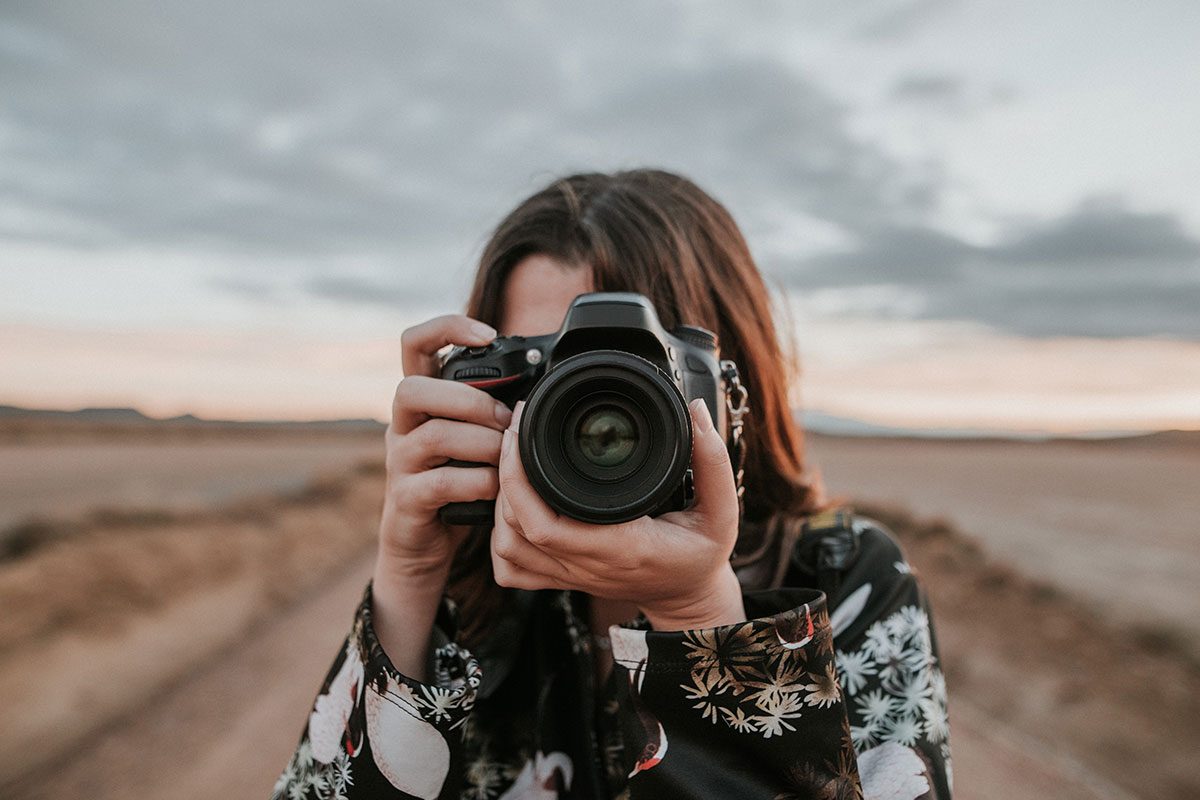Perfecting Your Images: Essential Photo Editing Tactics
Introduction
Photo editing is a powerful tool that can transform ordinary images into extraordinary ones. It involves manipulating photographs to enhance their quality, correct flaws, and achieve a desired aesthetic. With the right tactics, photo editing can help you create stunning images that captivate and inspire. This article will explore some essential photo editing tactics to help you perfect your images.
- Understand Your Tools
Before you start editing, familiarize yourself with your photo editing software. Whether you’re using Adobe Express image editing tools, Lightroom, or a simpler tool like GIMP, each has its unique features and functionalities. Spend time learning the interface, shortcuts, and effects. This understanding will help you work more efficiently and creatively.
- Start with Basic Adjustments
Basic adjustments like exposure, contrast, and white balance can significantly improve your photo’s overall look. These adjustments can help correct under or overexposure, enhance color accuracy, and increase image depth.
- Master Color Correction
Color correction is the process of adjusting the colors in a photo to make them look more natural and accurate. This can involve adjusting hue, saturation, and luminance. Use color correction tools in your editing software to ensure your image’s colors are true-to-life.
- Use Layers and Masks
Layers and masks are powerful tools that allow you to make selective adjustments to your image. Layers let you work on individual elements of a photo without affecting the rest, while masks let you hide or reveal parts of a layer. These tools can help you achieve more precise and complex edits.
- Experiment with Filters and Presets
Filters and presets can help you quickly achieve a desired look or effect. They can be used to adjust colors, add texture, or create a specific mood. However, use them judiciously to avoid over-editing your images.
- Pay Attention to Cropping and Composition
Cropping can help improve your photo’s composition by removing distractions and emphasizing your subject. Use the rule of thirds as a guide to create a more balanced and visually appealing image.
- Don’t Overlook Retouching
Retouching involves removing or minimizing imperfections in a photo. This can include things like blemishes, wrinkles, or unwanted objects. Use tools like the clone stamp, healing brush, and spot healing brush to retouch your images subtly and naturally.
- Save in the Right Format
Once you’ve finished editing, save your image in the right format. JPEG is suitable for most uses, while PNG is best for images with transparent backgrounds. If you want to preserve your layers and edits, save your file in a format like PSD or TIFF.
- Review and Refine
After making your edits, review your image carefully. Look for any areas that could be improved or adjusted. This stage often involves multiple rounds of review and refinement to ensure the final product is polished and professional.
Conclusion
Mastering photo editing tactics takes time and practice. However, with a solid understanding of your tools, careful attention to detail, and a keen eye for aesthetics, you can significantly improve your photo editing skills. Remember, the goal is to create beautiful, engaging, and professional images that effectively communicate your vision. Happy editing!
Keep an eye for more latest news & updates on News Letter Tribune!






